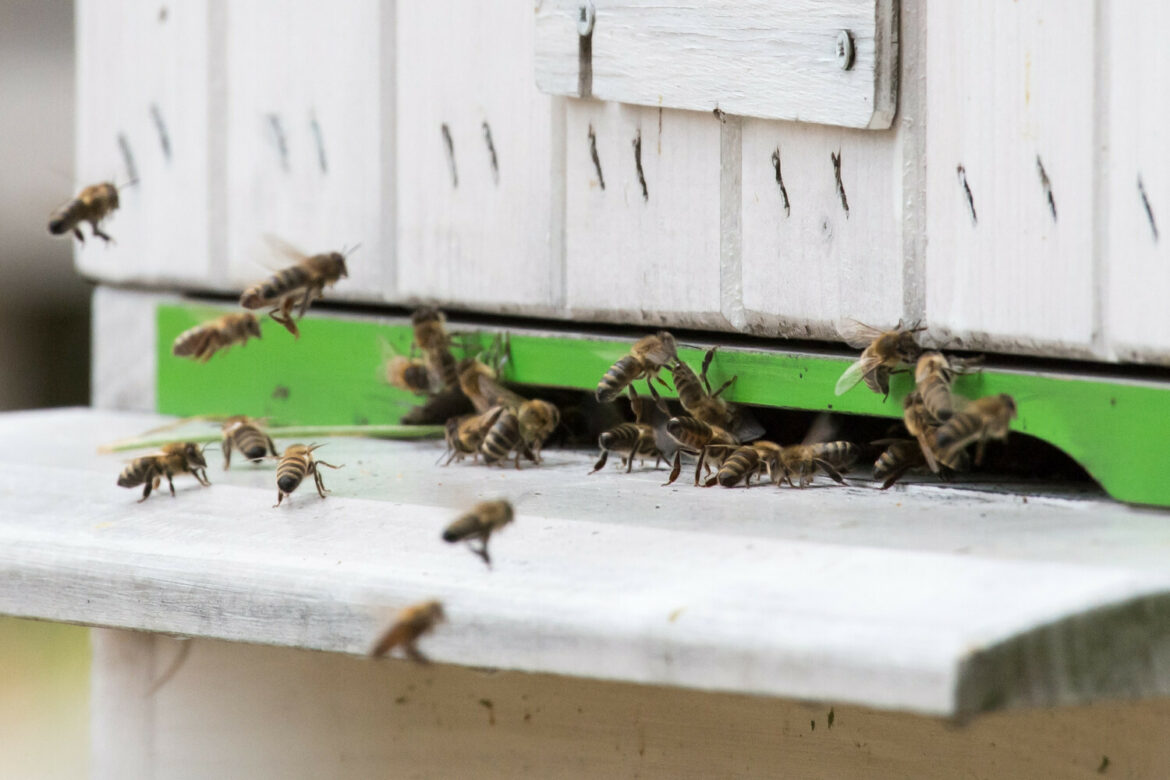Scientists from the Lodz University of Technology closed the product of bees’ work in a capsule. They created innovative honey microcapsules using natural biopolymers. The newest method, used for the first time in the world, made it possible to reduce the loss of bioactive compounds in honey, resulting from the destructive effect of gastric juice and digestive enzymes, informs the university.
Honey is one of the few natural products with high nutritional value and health-promoting properties, including antioxidant, immunomodulating, prebiotic and antimicrobial. However, a significant part of bioactive compounds does not reach the intestine due to their high lability and degradation caused by the destructive effects of gastric juice and digestive enzymes.
The research team from the Institute of Food Technology and Analysis of the University of Lodz made an attempt to fix the honey in the form of powder using encapsulation. As the scientists from Lodz emphasize, the obtained microcapsules will be ultimately used as the so-called systems for controlled delivery of bioactive compounds to the intestine. Honey microcapsules have been tested in vitro.
– When optimizing the honey encapsulation process, we focused primarily on the selection of the appropriate casing material, which was one of the main factors determining the success of the process. As the first in the world, we used natural biopolymers isolated from rye bran and linseed expeller as such a material. These biopolymers, demonstrating a significantly higher bioactive potential as compared to natural honey, were also an added value of the microcapsules obtained. In addition, the type of carrier used significantly reduced its amount in the capsule to 17%, compared to 50% that is in products already available on the market – says dr hab. Eng. Justyna Rosicka-Kaczmarek, prof. Of the Lodz University of Technology.
Honey microcapsules produced at the Lodz University of Technology can also be used as a wound-healing substance or nutraceutical with proven immunomodulating properties, i.e. regulating the body’s immune response and prebiotic, with the possibility of targeted, controlled release in the intestine.
The developed method of preserving honey by encapsulating it is protected by a patent application. The possibilities of encapsulating other bee products, i.e. royal jelly, bee berry and bee venom as well as other raw materials with high bioactive potential are also being investigated.
Arkadiusz Słomczyński





